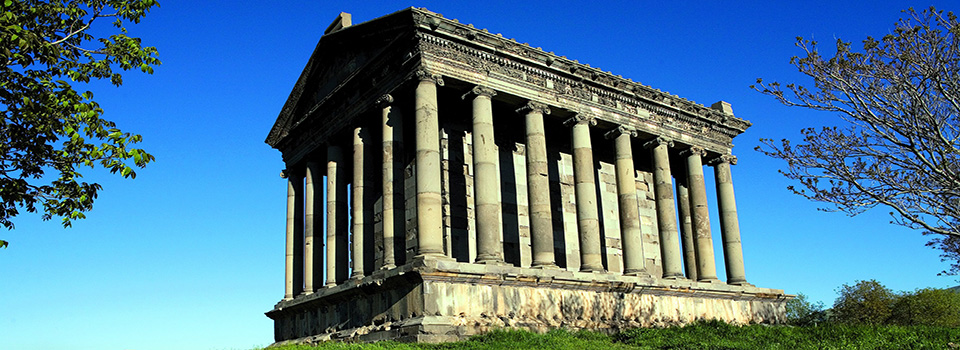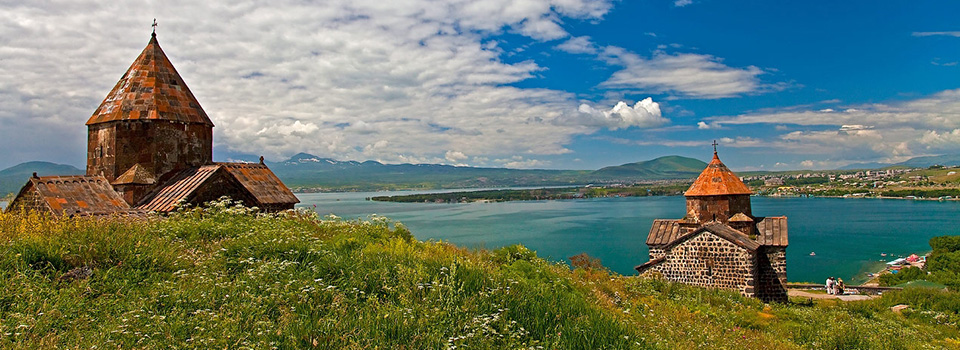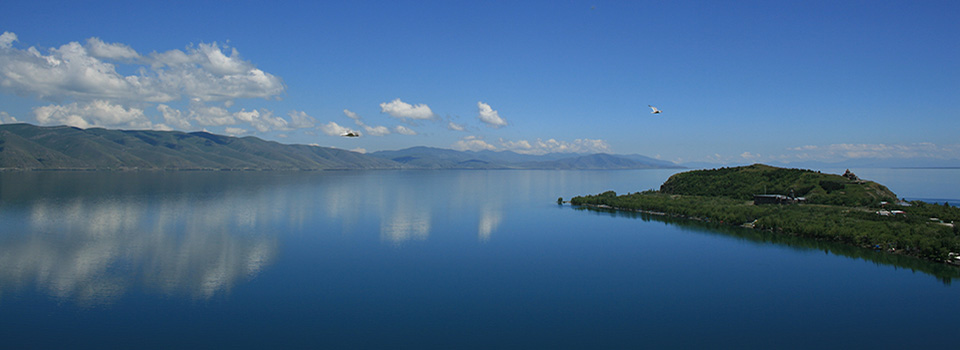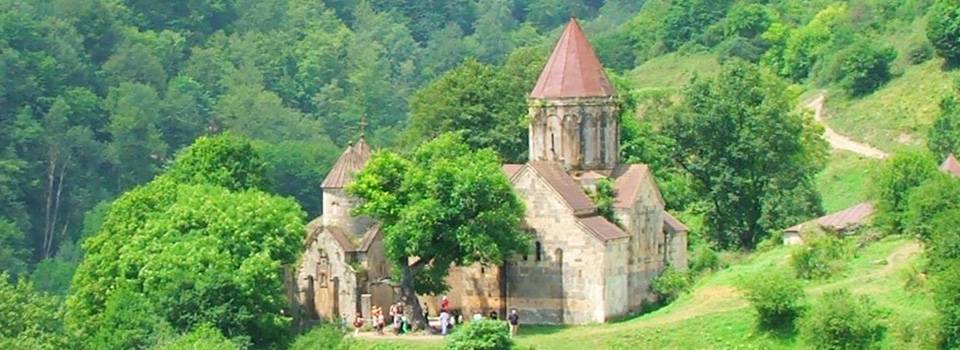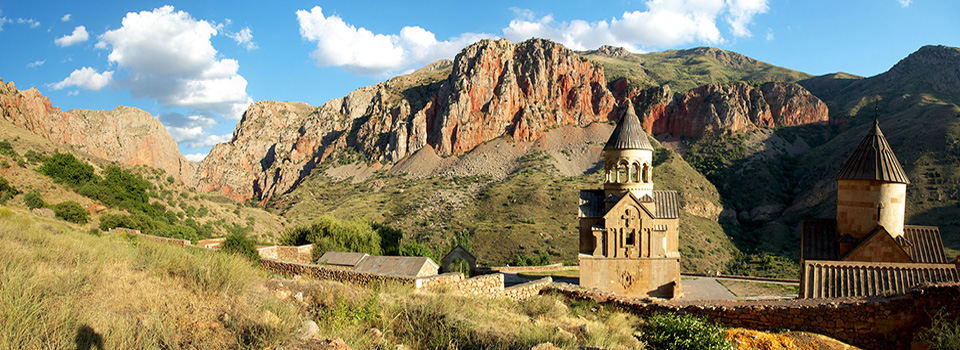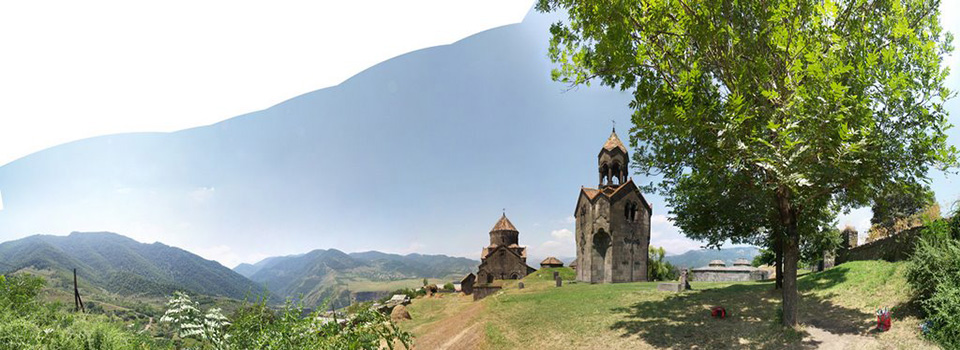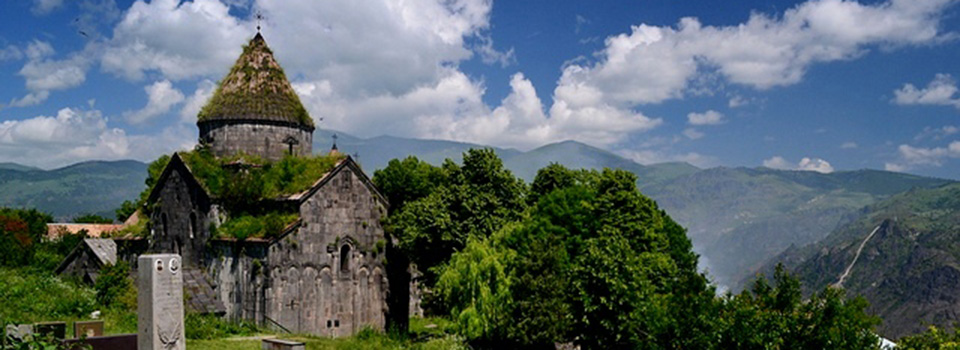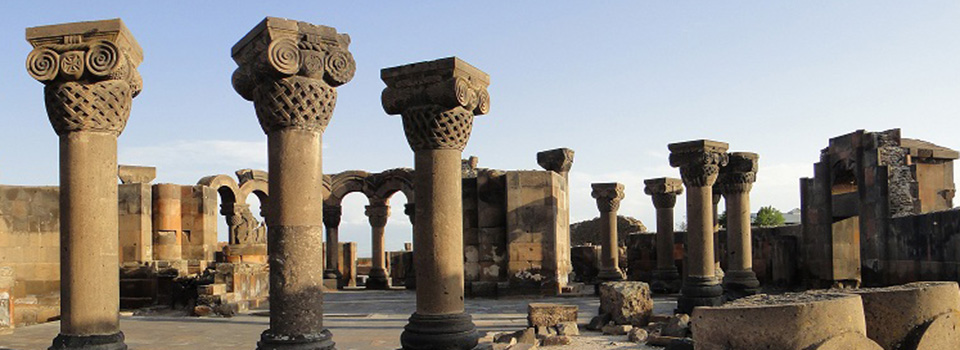Yerevan
Yerevan – the capital of Armenia
Yerevan – the capital of Armenia - is as old as Rome and Babylon, Nineveh and Carthage. In 2015 Yerevan will be celebrating its 2797th anniversary.
In 782 B.C. the Urartian king Argishti the First founded Erebuni, the military and administrative center of the state of Urartu, on the place of the present-day Yerevan. The ruins of the fortress Erebuni are in the southeastern part of today’s Yerevan, on the Arin-Berd hill. The cuneiform inscription found at the site of Arin-Berd reads: “With the power of (God) Khaldi, I, Argishti, Son of Menua, erected this stronghold, and named it Erebuni to the glory of the country of Biaina and to the fear of its enemies...”.
For the first time in its age-old history, for over half a century now, Yerevan is being built at an unprecedented rate, instead of being repeatedly destroyed and reduced to ruins!
Since early Soviet era the city was developed according to the prominent Armenian architect Alexander Tamanian’s design. He successfully incorporated both national traditions and world urban construction elements. The design presented a radial-circular arrangement, most appropriate for the local relief. So it is very easy for foreigners to find their way in the city. Yerevan is situated in the north-eastern part of the Ararat Valley. The climate in Yerevan is dry and strictly continental.
The majestic summit of legendary Mount Ararat and the panorama of the Ararat Valley are an intrinsic part of the city’s landscape. The city is divided into two by Hrazdan River that flows in a picturesque canyon..
Today’s Yerevan is a big and beautiful city, and has population of more than a million and a quarter.
The people of Yerevan are attached to Abovian Street, perhaps because it was once the city’s main thoroughfare (then called Astafievskaya Sreet), or perhaps because, despite modern trends, it has retained many features of the dear old days. That is why the visitors should start sightseeing from Abovian Street, which begins from the Republic Square and comes to an end in a circular square, in the centre of which stands the statue of Khachatur Abovian, a founder of the new Armenian literature and language. Abovyan Street crosses the Northern Avenue, Pushkin, Tumanyan, Sayat-Nova, Moskovyan and Koryun streets, which are full of historical and cultural sights. Northern Avenue - part of architect Alexander Tamanian's original plan for Yerevan - connects Opera Square and Republic Square.
The central part of the city involves three main squares: the Republic Square, the Shahumian Square and the Freedom Square. The Republic Square is the gemstone of the city. The square is framed with the buildings of the Government and of some Ministries designed by Alexander Tamanian in the best traditions of the Armenian architecture to make up a beautiful ensemble – a masterpiece and truly national work of art. The Art Gallery, the History Museum of Armenia and the “singing” fountains are also to be found in the Republic Square, which combine music, water and color.
The Freedom Square is adjacent to the State Opera and Ballet House making up another picturesque ensemble.
The Hrazdan Stadium and the Victory Bridge with the Wine and Cognac Factories represent another composition genuinely fitting into the beautiful Hrazdan canyon. Mashtots Avenue, one of the main arteries of the city, starts here. It then goes up north, ending at the steps of Matenadaran – a unique research institute and museum of ancient manuscripts named after Mesrop Mashtots, the creator of the Armenian alphabet. High up the hill, behind Matenadaran, the monumental statue of Mother Armenia stands on a vigil over the panorama of the city, which is spread at the foot of gorgeous Ararat.
On the Tzitzernakaberd Hill with the panoramic view of the capital the Memorial to the Victims of the Genocide of 1915.
To pay homage to Yerevan’s ancient history, visitors should visit the hill where archeologists have reconstructed the ruins of the Erebuni fortress. The stronghold was once surrounded with huge walls in three rows. High up on a wall, a piece of basalt stone with Argishti’s cuneiform inscription is set to announce the foundation of Erebuni. Besides the castle, there was another important building - The Temple of Khaldi. The collection of the Erebuni Museum houses items found on the site: bowls, Urartian seals, bronze artifacts, jewelry, coins, etc
Visiting Yerevan you will have unforgettable impressions about an ancient and modern city


